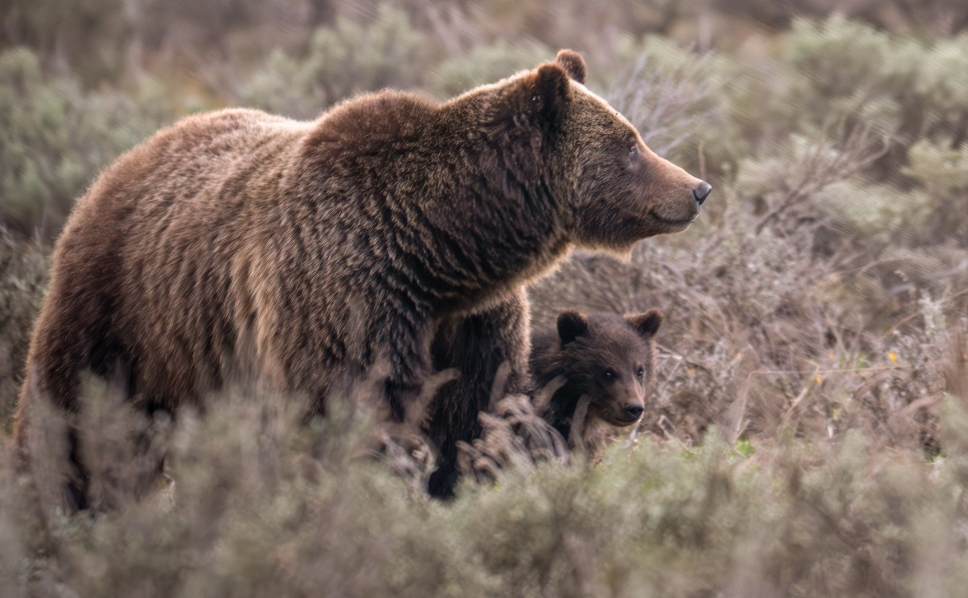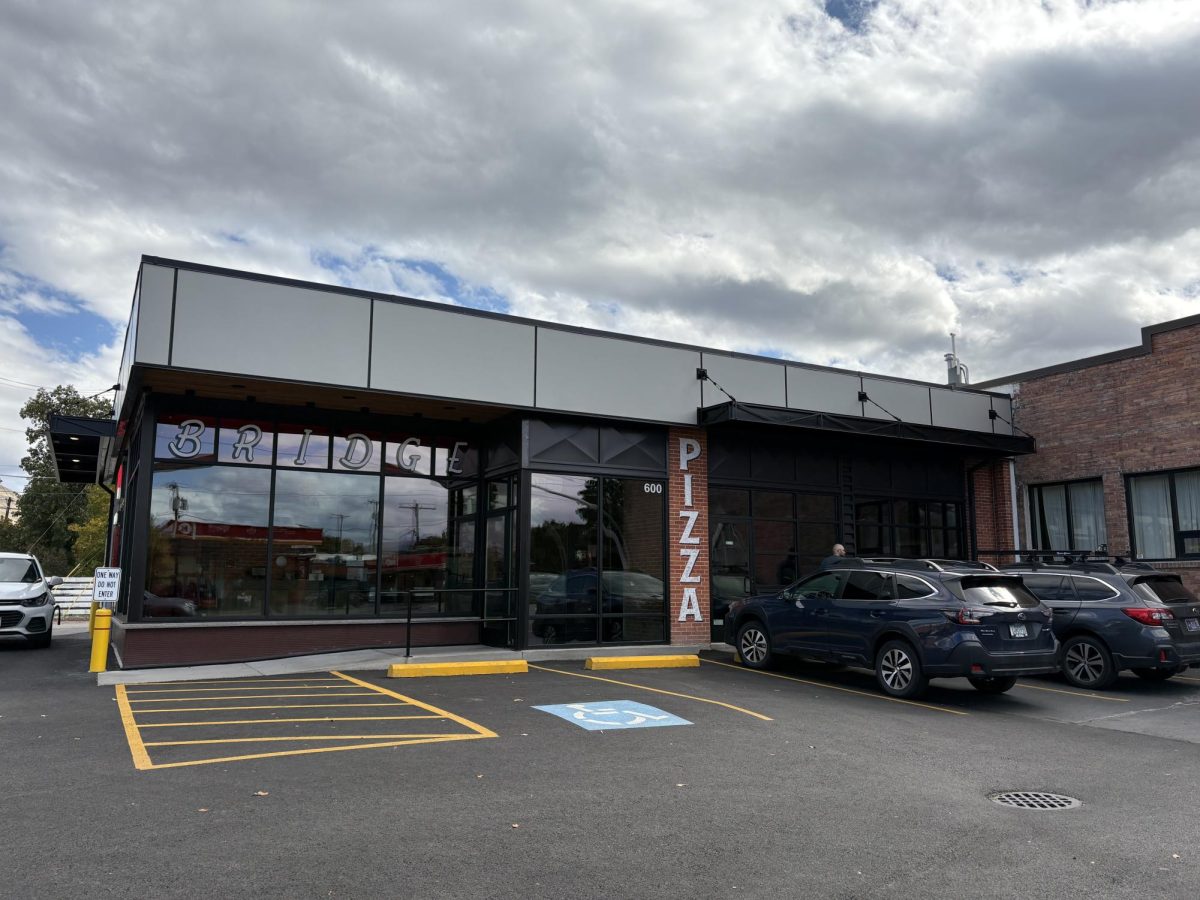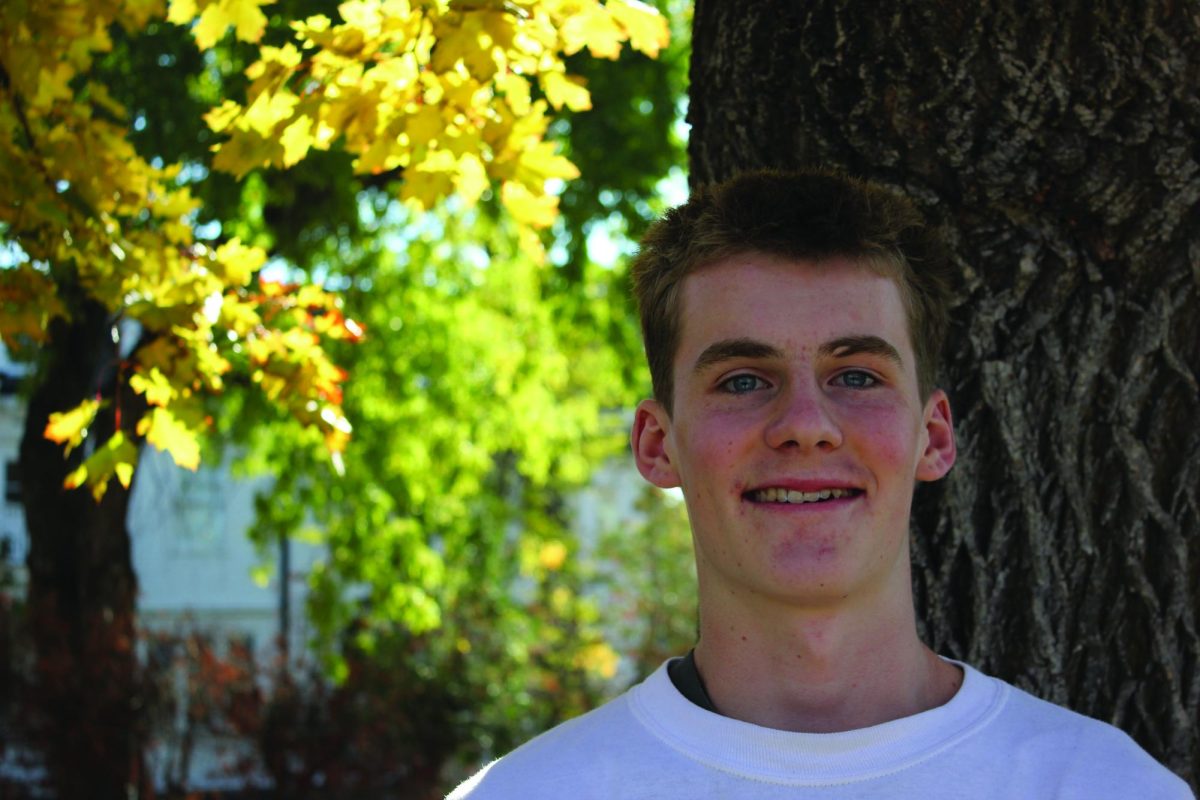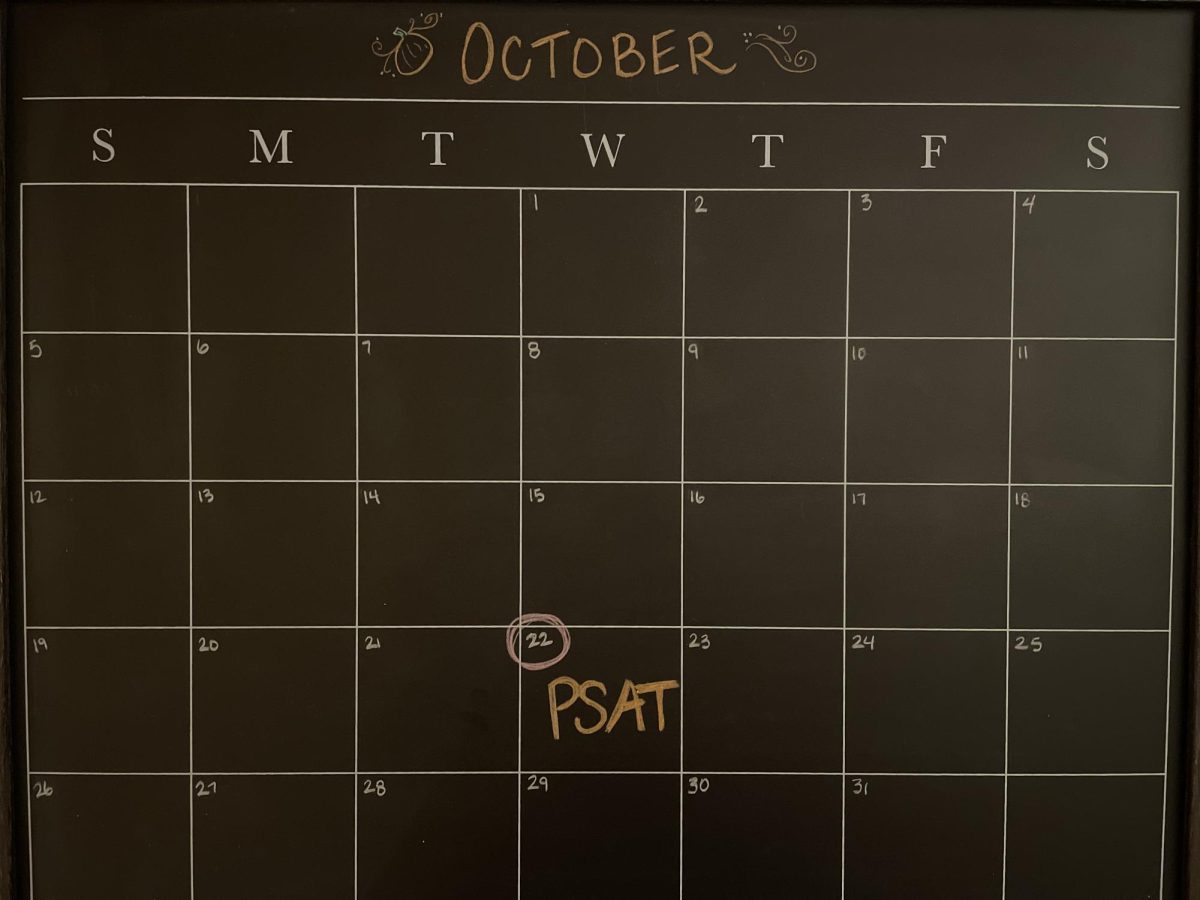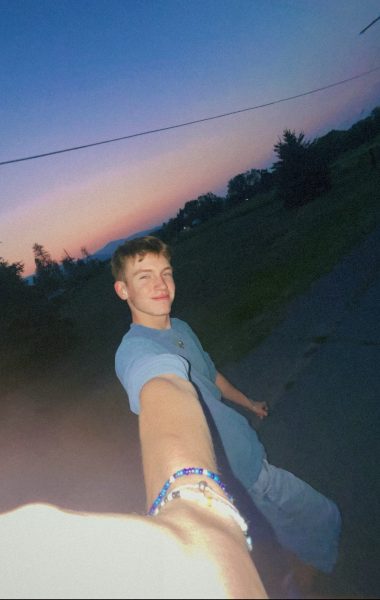Bear 399, an iconic grizzly bear, captivated the hearts of wildlife lovers and conservationists alike. Born in 1996, she became a well-known figure in Grand Teton National Park, renowned for her striking appearance and role as a mother. Over her lifetime she raised several cubs, showing the complexities of parenting in a rapidly changing environment.
Her story gained national attention, particularly as she became a symbol of resilience in the increasing urbanization of wildlife habitats. Frequently spotted with her cubs, Bear 399 taught them essential survival skills in the wilderness. According to NBC News, she birthed 18 cubs during her lifetime, and in 2023 became the oldest-known mother in the region, after giving birth to a cub at age 27. Her interactions with visitors often resulted in a greater appreciation for grizzly bears and their habitats.
Tragically, Bear 399 passed away on October 22, 2024. According to Fish and Wildlife Services, the 28-year-old sow had been hit by a car on Highway 2689, south of Jackson Hole, Wyoming. Grizzly 399 had a cub with her at the time of the fatal accident, evidentially reports don’t know the current location of the cub.
Her legacy will inspire ongoing efforts to create safer environments for wildlife, reminding us that every creature plays a vital role in the intricate web of life. This highlights the ongoing risks wildlife faces in a world dominated by human activity.
The loss of bear 399 serves as a reminder of broader conservation issues. As urban areas expand and roads intersect natural habitats, the risk of wildlife collisions grows. This underscores the need for effective wildlife management strategies, including wildlife corridors, fencing, and public awareness campaigns to reduce vehicle-wildlife collisions. Public awareness of wildlife campaigns can also educate drivers on the importance of sharing roads with wildlife, helping to mitigate these tragic incidents.
In the wake of her passing, wildlife advocates call for greater initiatives to promote coexistence between humans and wildlife. Her life and untimely death serve as a rallying point for those committed to preserving the natural world, emphasizing that the loss of one animal can reverberate through an entire ecosystem.

